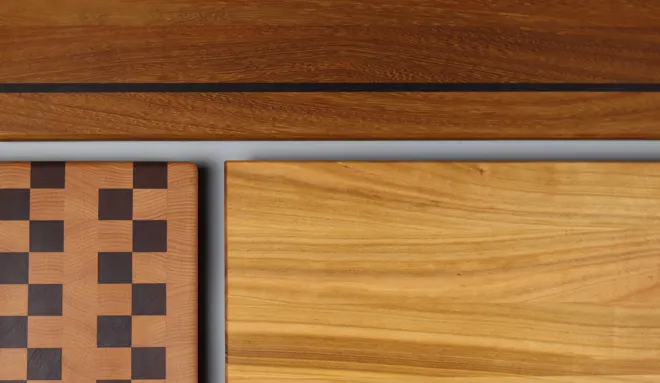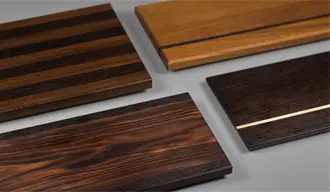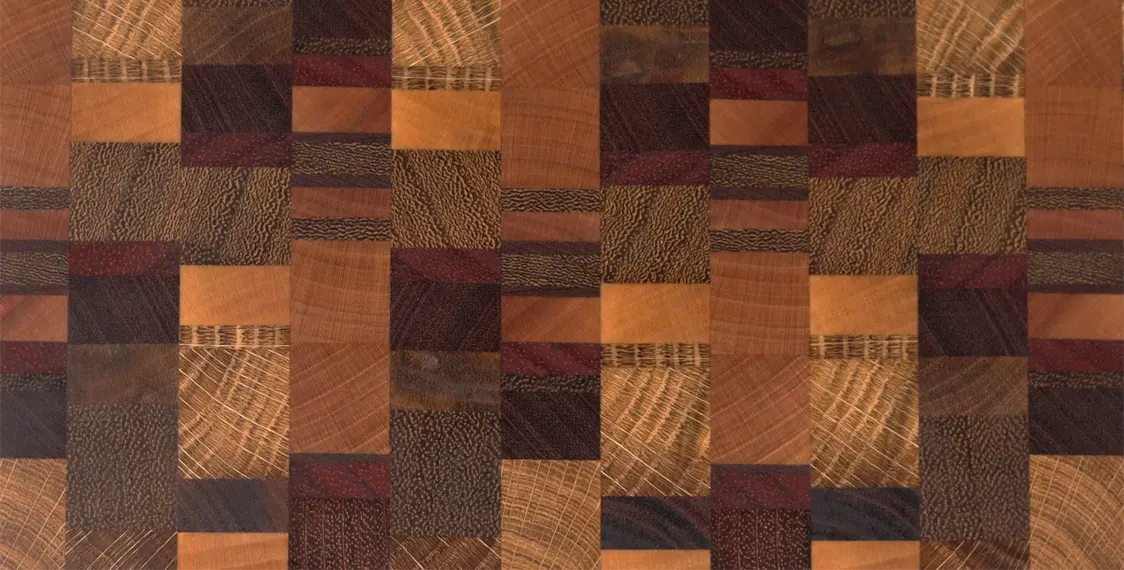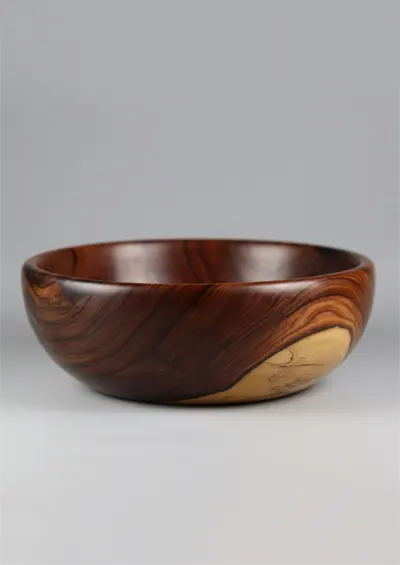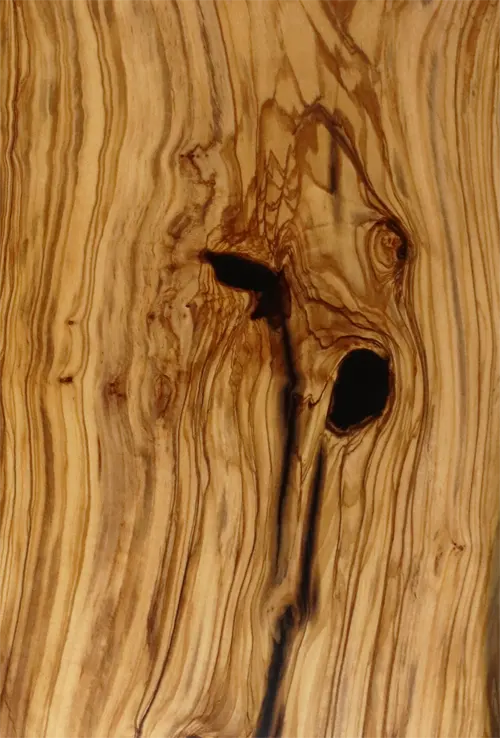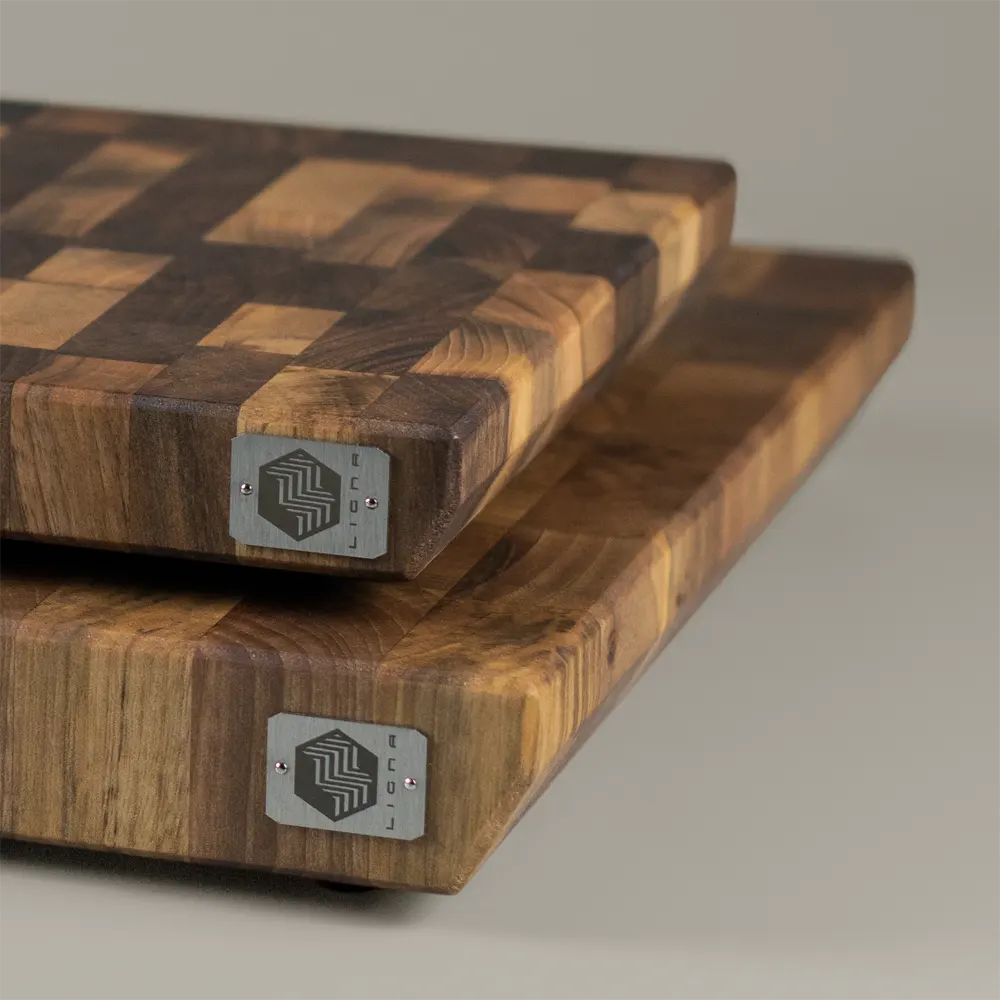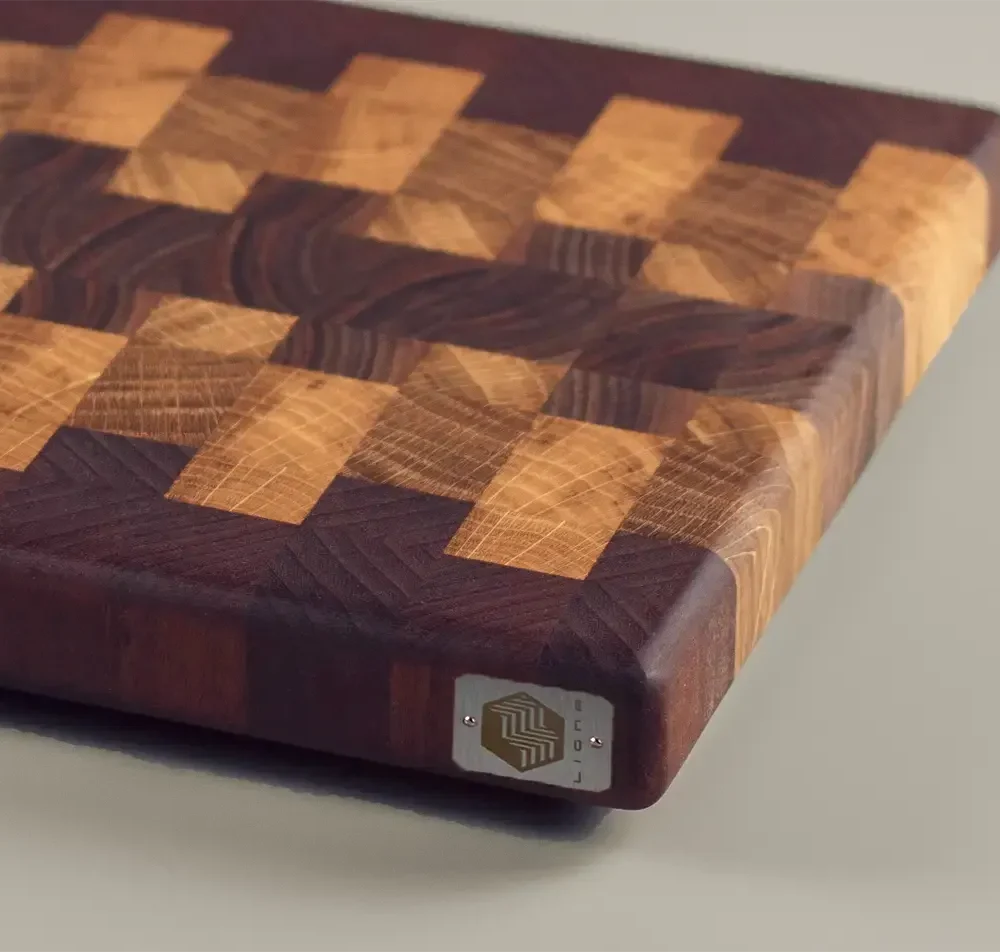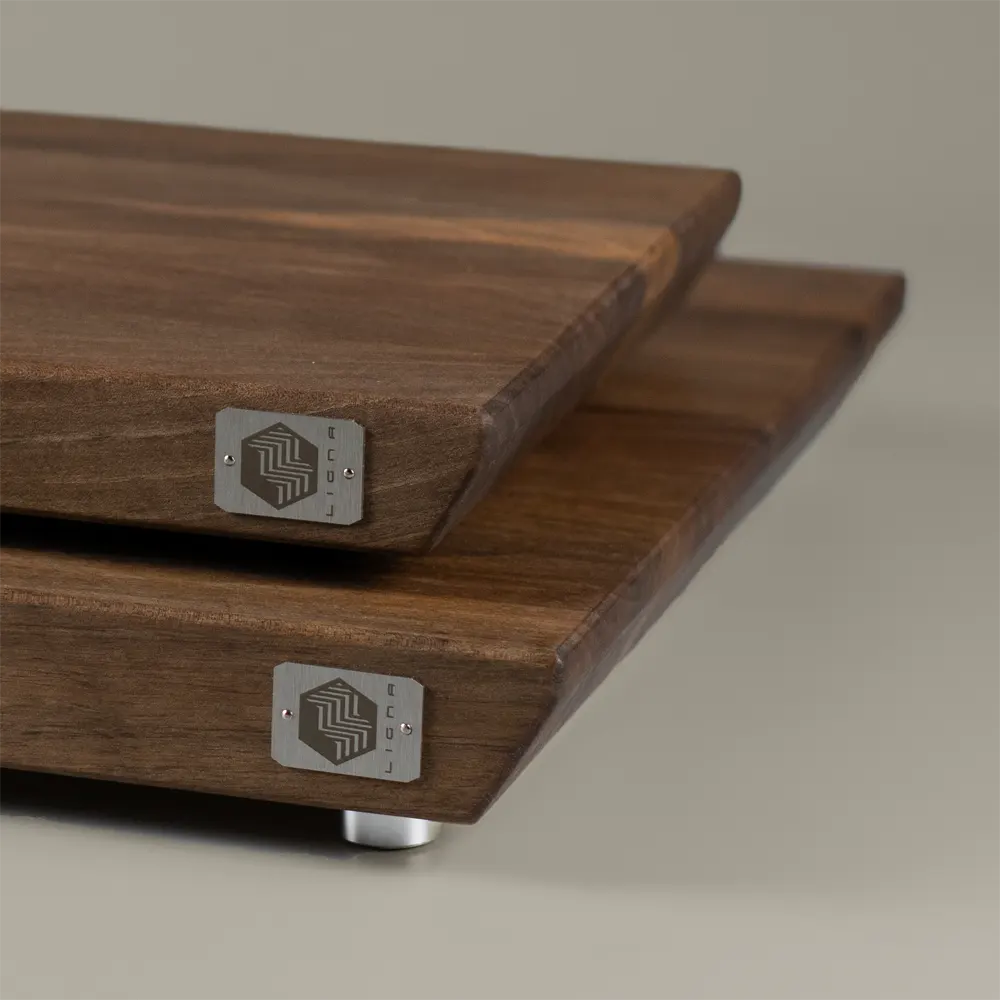Walnut Wood: Uses and Characteristics
Walnut is one of the most valued woods in carpentry and joinery due to its durability, resistance and natural beauty.
It comes from the walnut tree (Juglans regia o Juglans nigra), its dark color, fine grain and ability to obtain exceptional finishes make it a preferred choice for high-end furniture, musical instruments and decorative objects.
The following is an analysis of their main characteristics and most common uses.
What is Walnut Wood?
Walnut wood is a hardwood that comes mainly from two species: the European walnut (Juglans regia) and the American black walnut (Juglans nigra).
It is known for its dark coloration that varies from chocolate brown to a lighter shade with grayish hues, depending on the species and region.
It has a fine grain and a straight or slightly wavy grain, which makes it attractive for decorative design projects and elegant furniture.
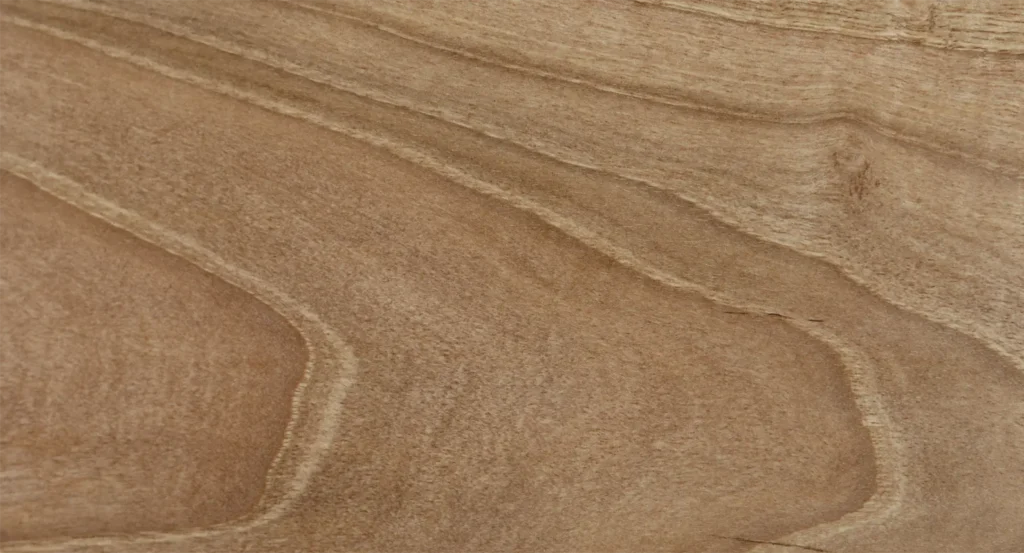
Walnut Wood Properties
Hardness and Density
Walnut is moderately hard, with an average density of 600-700 kg/m³. Although it is not as dense as other hardwoods such as oak, it is strong enough to withstand daily use in furniture and work surfaces.
Aesthetic Appearance
The beauty of walnut lies in its deep, rich color, which darkens with time and exposure to light, developing a natural patina. The straight or slightly wavy grain and smooth finish make it a popular choice for decorative joinery.
Ease of Work
Despite its density, walnut is easy to work. It cuts, sands and polishes well, making it suitable for fine details and delicate finishes. In addition, it responds perfectly to varnishing and oiling treatments, which enhance its dark color.
Dimensional Stability of walnut wood
Walnut has good stability, which means that it does not deform easily with changes in temperature or humidity, maintaining its shape and structure over time. This property makes it a preferred choice for the construction of luxury cutting boards.
Uses of Walnut Wood
Cutting boards walnut
Walnut is a favorite wood for cutting boards. Its dark tones, fine grain and dimensional stability have made it one of the most widely used woods for the construction of cutting boards and wooden butcher blocks. Boards made from walnut are considered high-end because of the wood’s uniqueness.
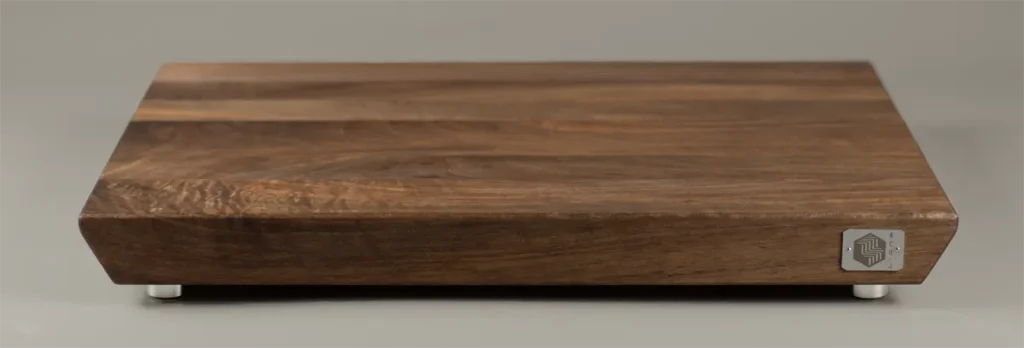
Luxury Furniture
One of the most common uses of walnut is in the manufacture of fine, high-end furniture. Because of its attractive grain and ability to achieve smooth, elegant finishes, it is ideal for tables, cabinets, chairs and other furniture items. Walnut’s moderate strength makes it suitable for furniture that must withstand daily use while maintaining a refined appearance.
Musical Instruments
Walnut wood is used in the manufacture of musical instrument components, such as fingerboards for guitars, pianos and other stringed instruments. Its stability and acoustic capabilities provide a clear and warm resonance, making it popular with luthiers.
Coatings and Flooring
Walnut is also a preferred choice for high-end flooring and cladding. Its durability and wear resistance, along with its aesthetic beauty, make it an excellent choice for luxury flooring where both functionality and appearance are required.
Walnut Wood Advantages and Considerations
Advantages of walnut wood:
- High-quality aesthetics: Walnut wood is valued for its deep color and attractive grain, which bring elegance to any project.
- Easy to work with: Despite its resistance, it is an easy wood to work with, which makes it suitable for projects that require precision and delicate finishes.
- Durability: Although not the densest wood, walnut offers adequate strength for use in furniture, flooring and paneling.
Considerations:
- High cost: Walnut is the most expensive commonly used wood of European origin. Its overexploitation in the past and high demand have made it a coveted and prized wood.
Technical characteristics of the walnut wood
| Scientific name | Juglans regia (european), Juglans nigra (american) |
| Density | 600-700 kg/m³ |
| Brinell hardness | 3.8 (semi-hard) |
| Janka hardness | 1.010 lbf (4.490 N) |
| Flexural strength | 1140 kg/cm² |
| Compressive strength | 610 kg/cm² |
| Tensile strength | 950 kg/cm² |
| Shock resistance | 90 kg/cm² |
| Radial shrinkage at 1% humidity | 0,21% |
| Tangential shrinkage at 1% humidity | 0,28% |
| Dimensional stability | Good |
| Drying process | Slow, with a tendency to crack |
| Ease of work | Good, responds well to cutting, sanding and polishing |
| Natural durability | Tall, resistant to decay |
Conclusion
Walnut is an excellent choice for those seeking a combination of aesthetics and durability in their cutting boards. From high-end furniture to musical instruments to luxury paneling, walnut is synonymous with elegance and strength.
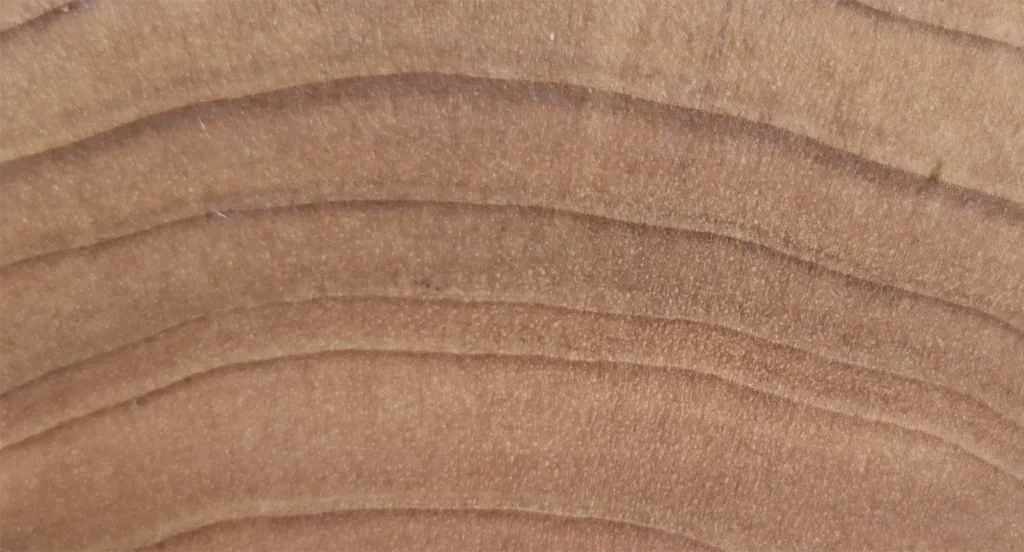
Although its cost may be higher, the investment is justified by the beauty and longevity it brings to the projects in which it is used.
Our Walnut wood products
-

Pura
Walnutwalnut butcher block
Price range: € 110,00 through € 345,00 -

Pura
Walnutwalnut butcher block
Price range: € 120,00 through € 485,00 -
 Calida
Calidaend grain cutting board
Price range: € 140,00 through € 305,00 -

Linea
WalnutWalnut cutting board
Price range: € 70,00 through € 325,00
FAQ: Frequently Asked Questions About Walnut Wood
What is walnut wood and why is it so valued?
Walnut wood, from species such as Juglans regia and Juglans nigra, is highly prized for its dark brown color, grain, and durability, making it a preferred choice for high-end furniture such as cutting boards and serving boards.
What are the main applications of walnut wood?
It is commonly used in the manufacture of fine furniture, cutting boards, flooring, musical instruments, and decorative objects due to its strength and attractiveness. Its fine grain makes it a suitable wood for kitchen utensils.
What technical characteristics stand out in walnut wood?
It is a semi-heavy wood, with a density ranging from 610 to 650 kg/m³, and a Janka hardness of approximately 4,490 N, which gives it good wear resistance and makes it suitable for various structural and decorative uses, as well as for kitchen cutting boards.
How does walnut wood behave in the face of humidity and climate changes?
Walnut wood has good dimensional stability, resisting changes in humidity and temperature well, making it ideal for interiors. However, its use outdoors requires additional treatments to protect it from the elements.
Is walnut wood easy to work with?
Yes, walnut wood is known for its workability, including good response to glues and finishes, making it ideal for detailed carpentry and cabinetmaking.
What care does walnut wood require to maintain its appearance?
To preserve its beauty, it is recommended to clean the surface with a dry cloth and periodically apply specific oils or waxes for wood, avoiding direct and prolonged exposure to sunlight to prevent discoloration.
Otras entradas del blog
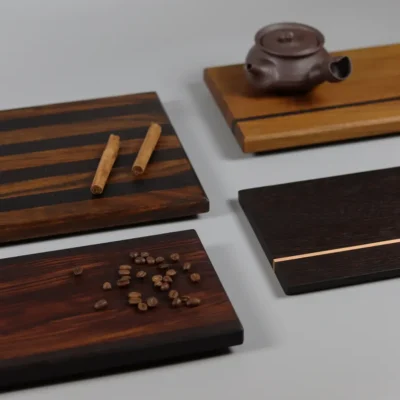
Restaurant serving boards: a complete guide
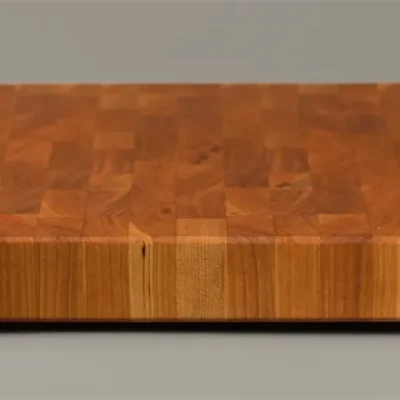
Wooden Cutting Board: Complete Guide

Iroko Wood: Uses and Characteristics

Outdoor wood: a complete guide
Nuestras tablas de cortar:
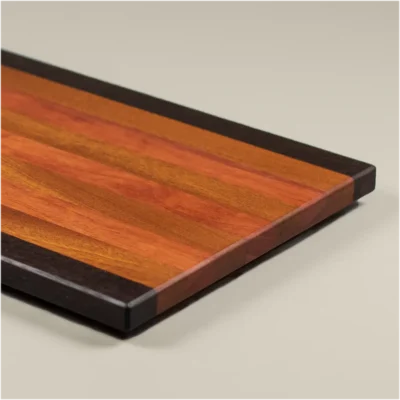
Splendida
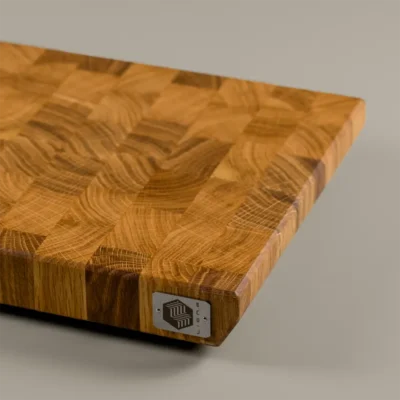
Pura
Oak oak butcher block
Pura
Oakoak butcher block
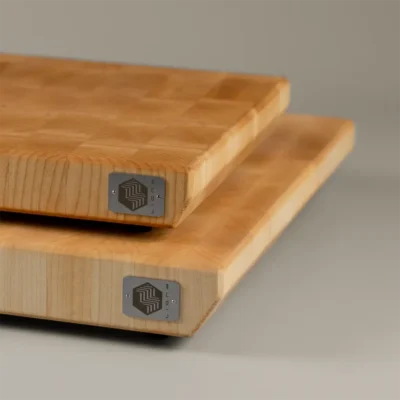
Pure
Maple maple butcher block
Pure
Maplemaple butcher block
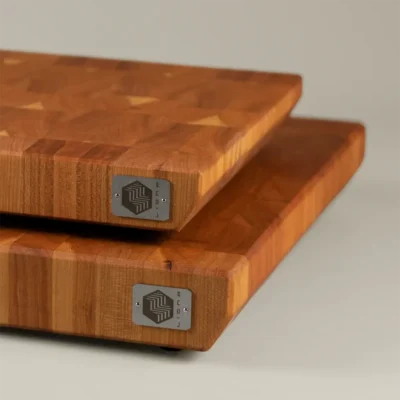
Pura
Cherry cherry butcher block
Pura
Cherrycherry butcher block
